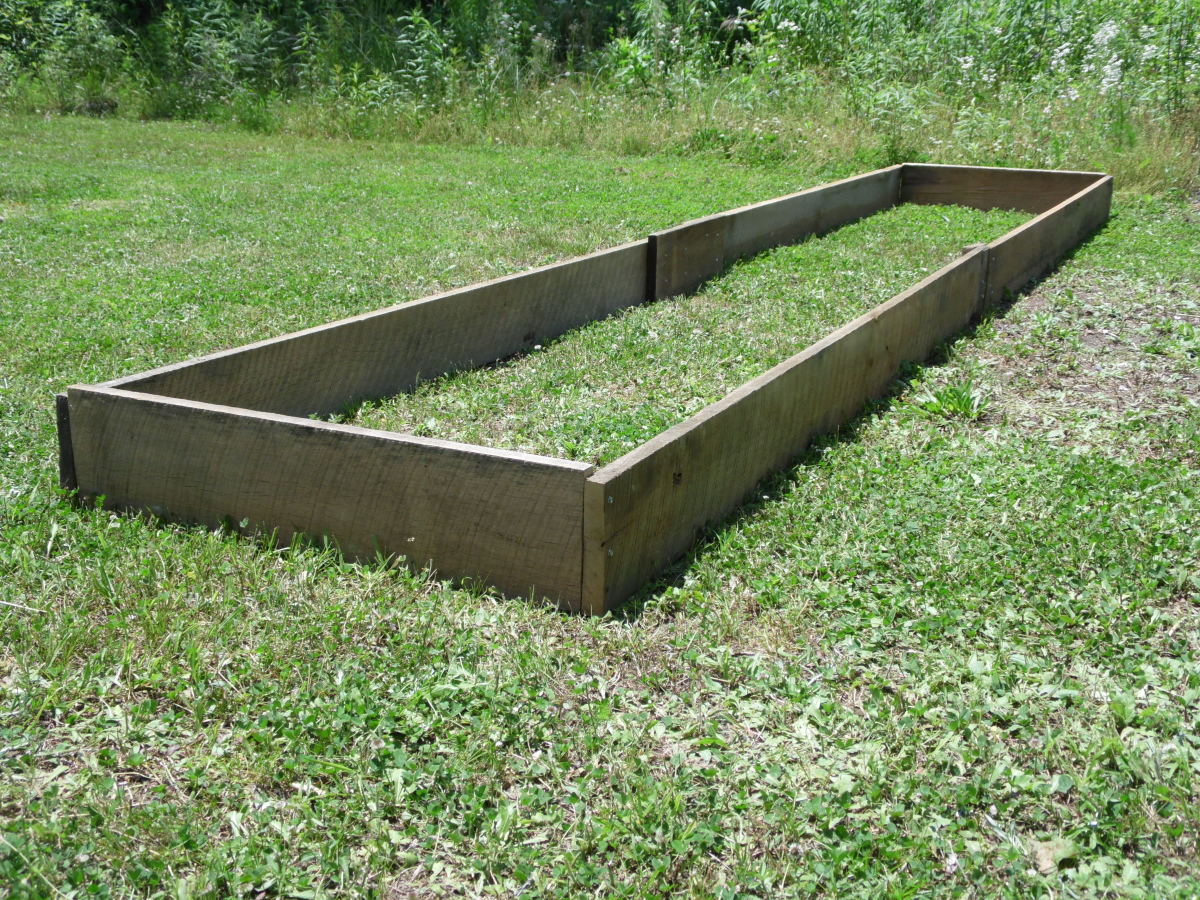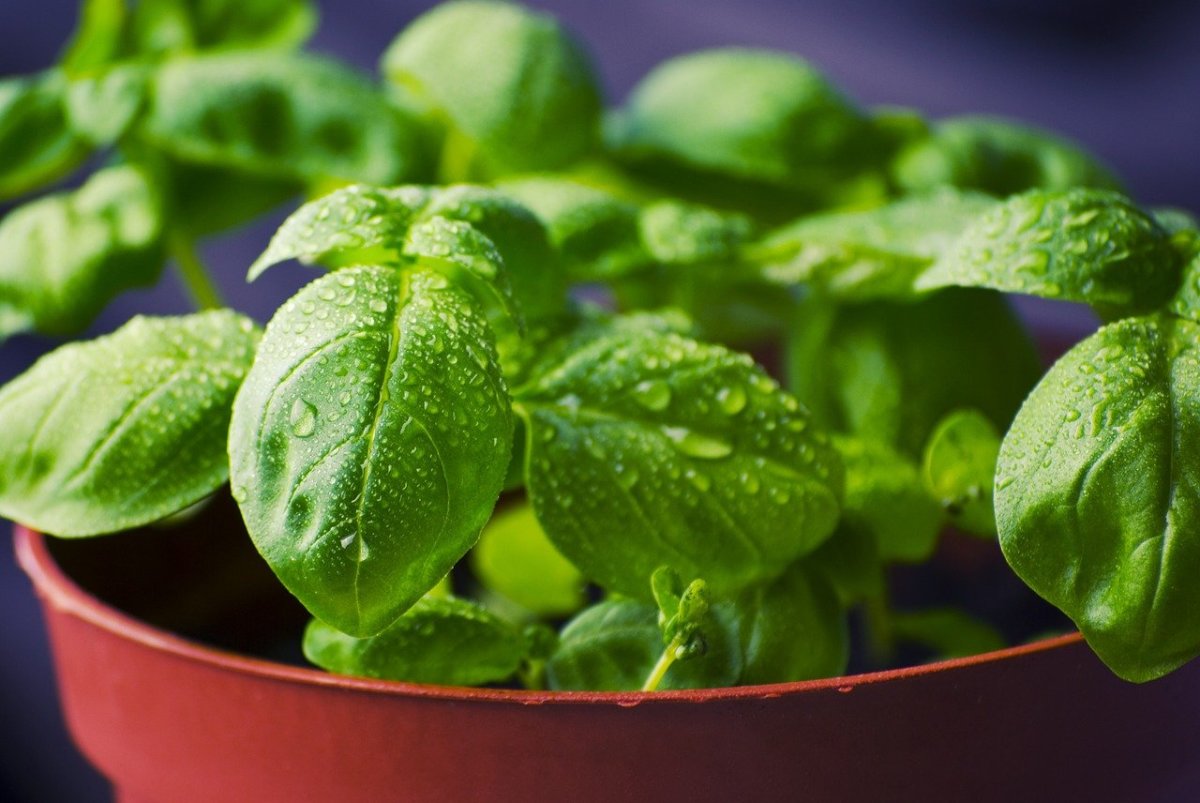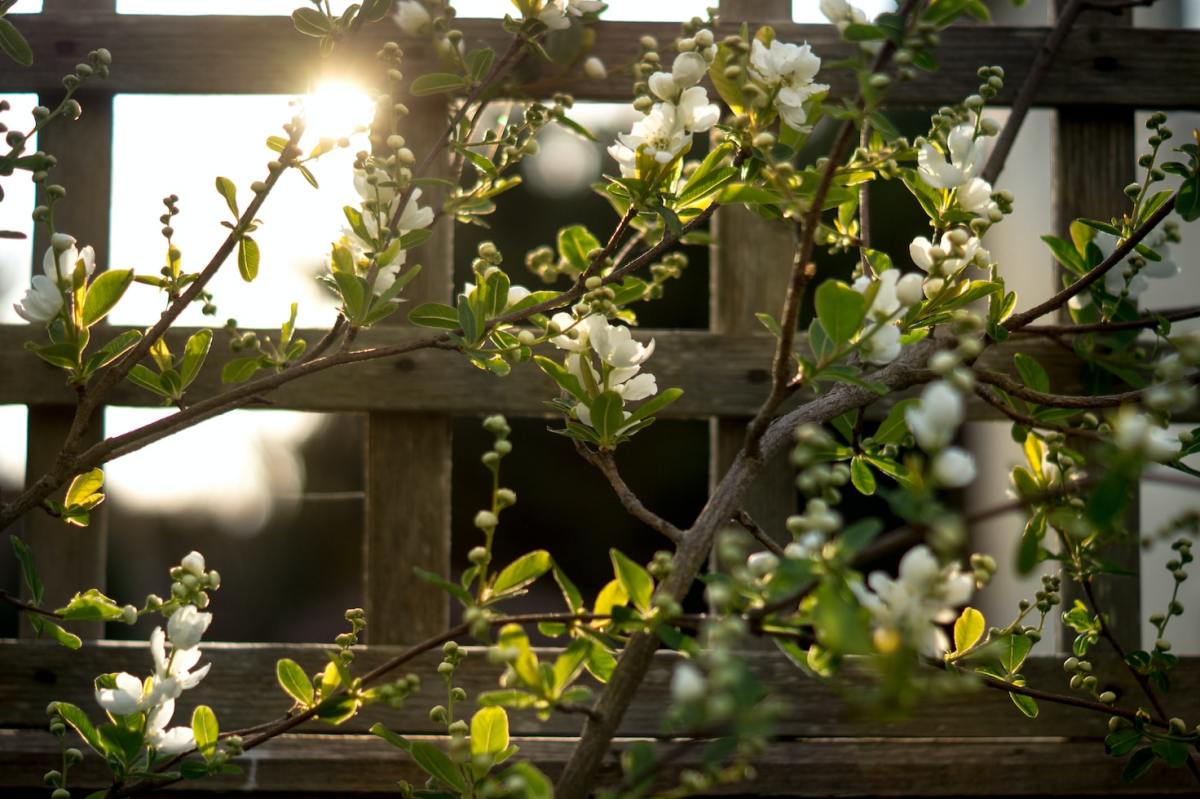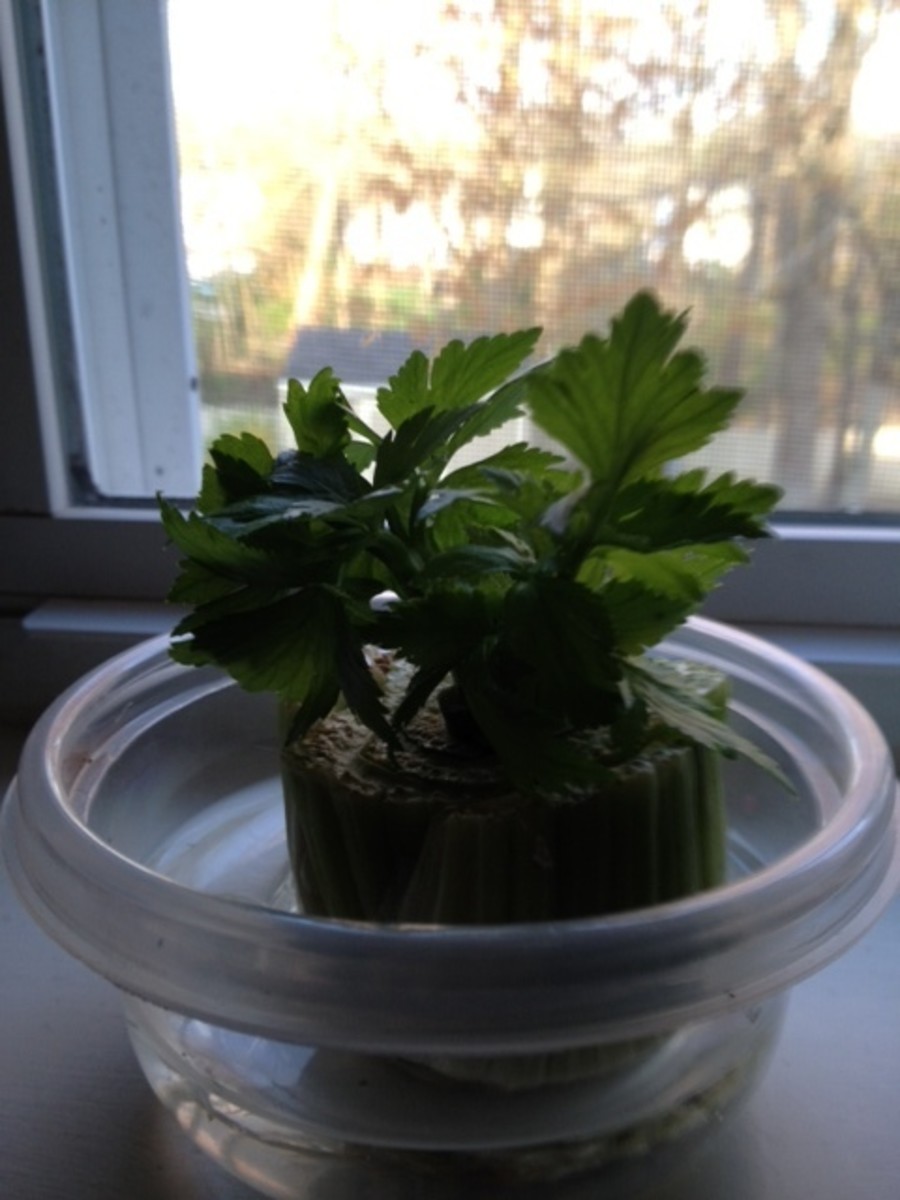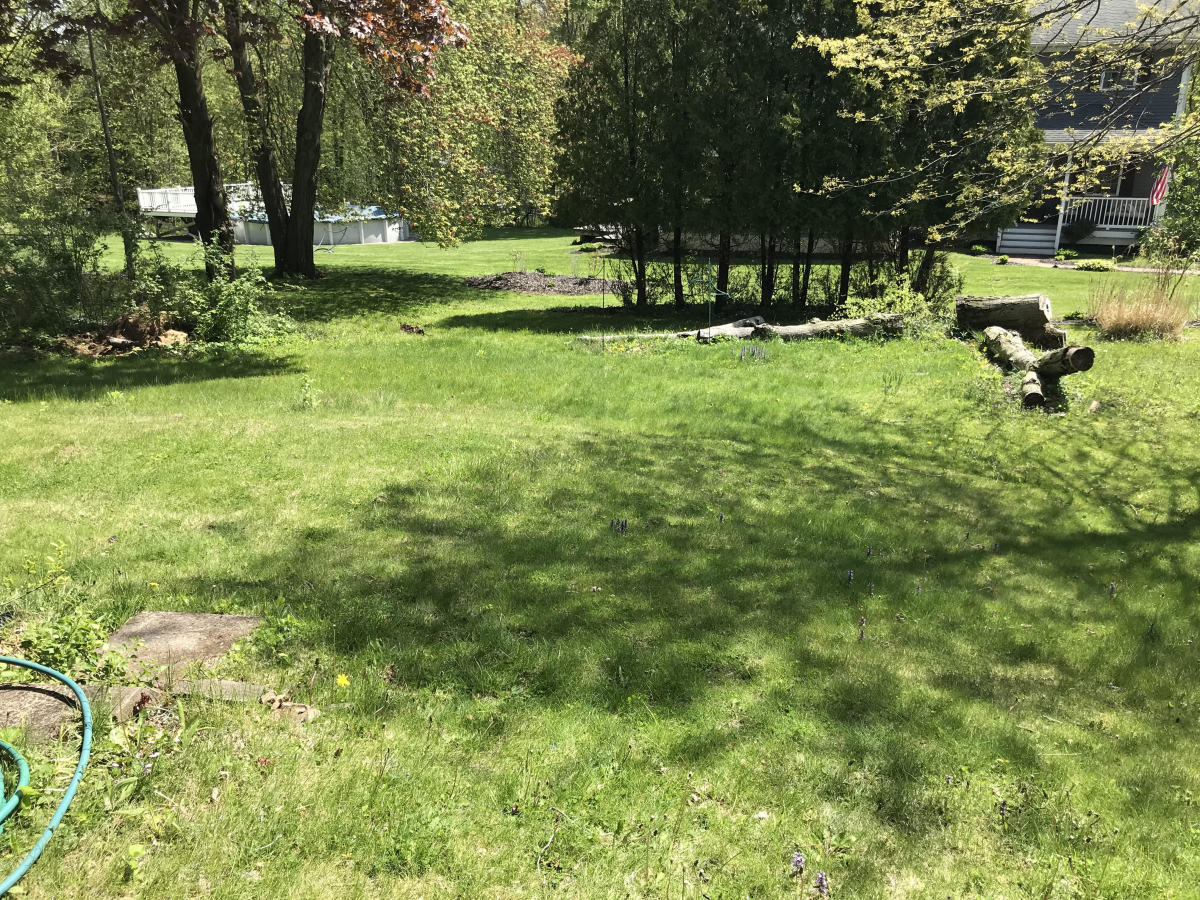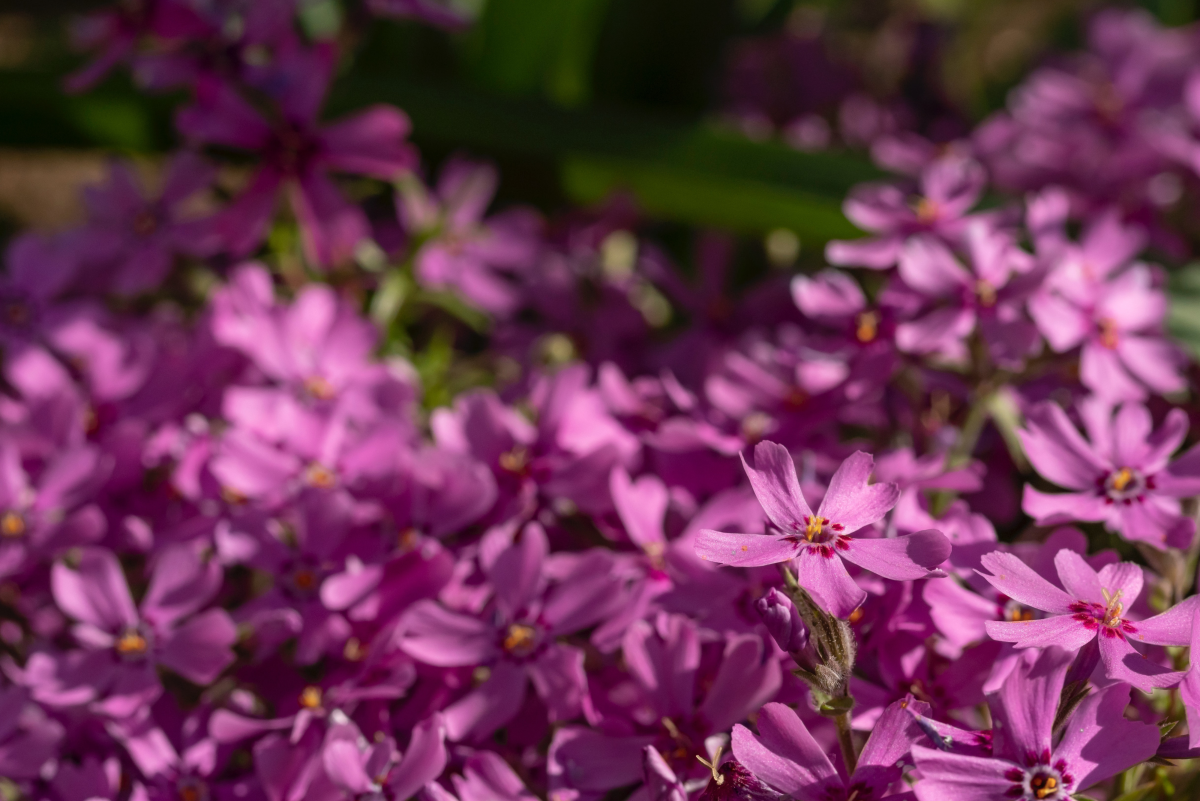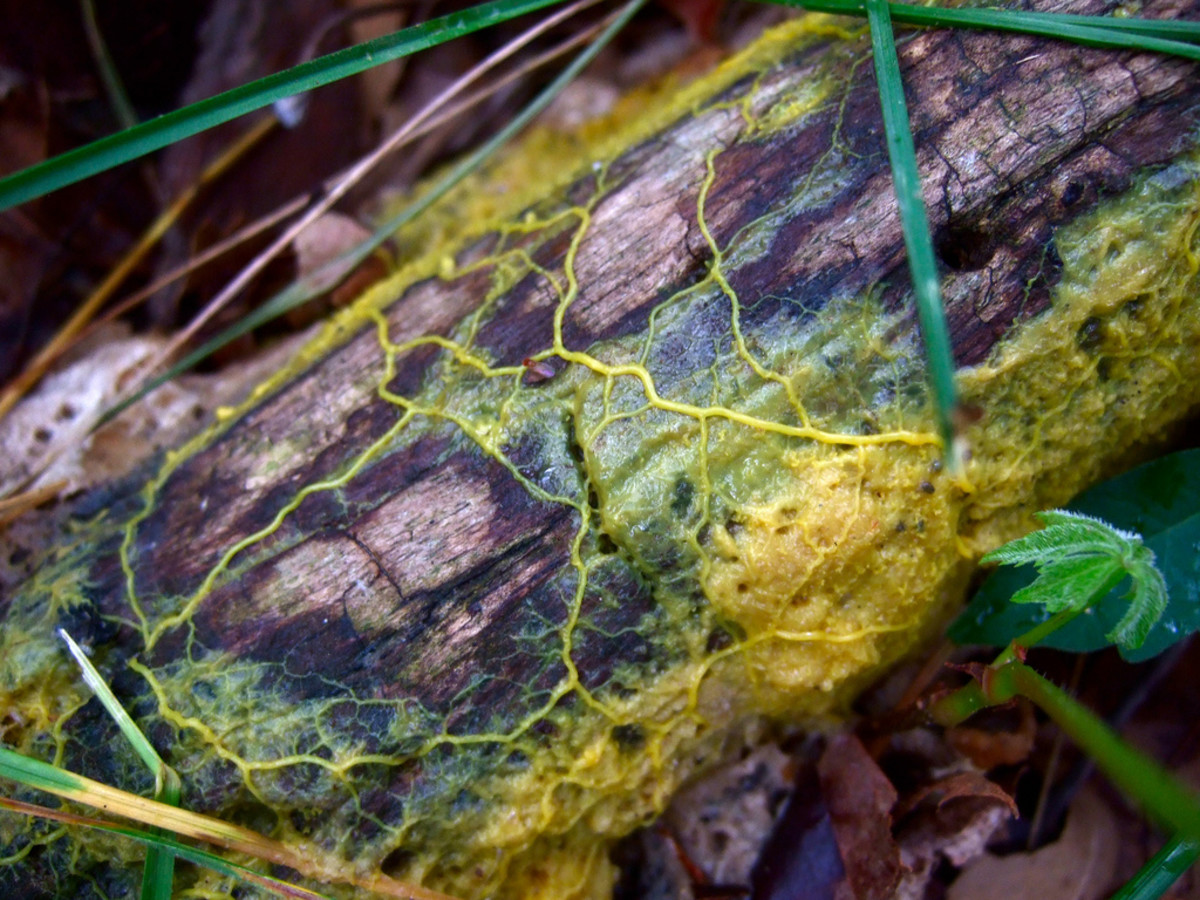How to Grow A Box Garden With Your Kids
Growing a garden with your child is a great way to connect to nature and help build an appreciation for the food we eat. Creating a small box garden is a very manageable way for people who have small spaces and little time to yield gardening rewards.
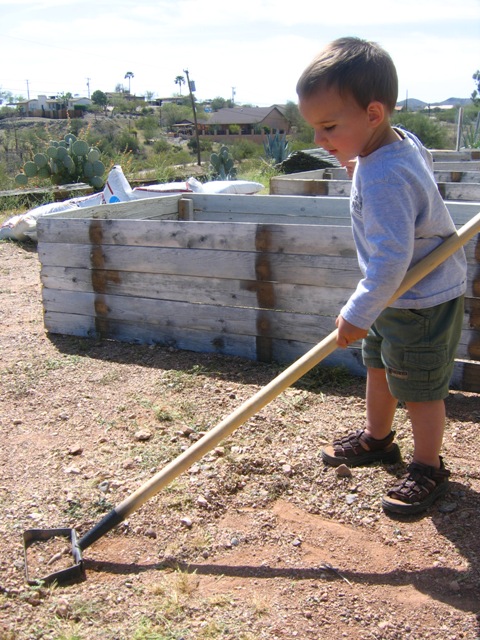
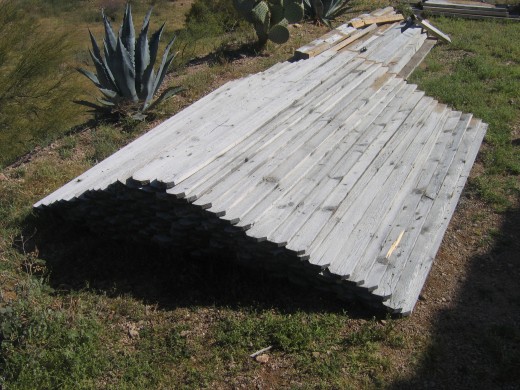
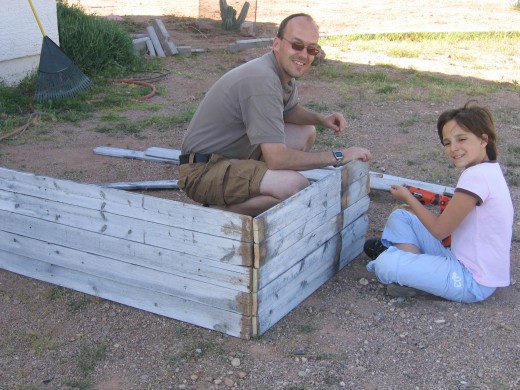
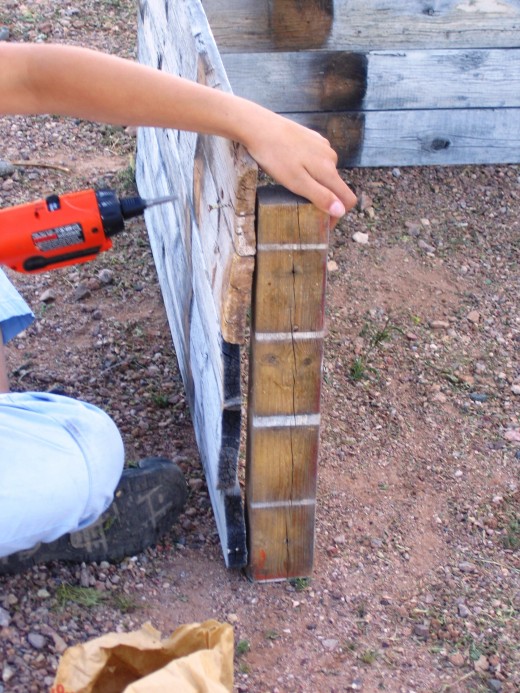
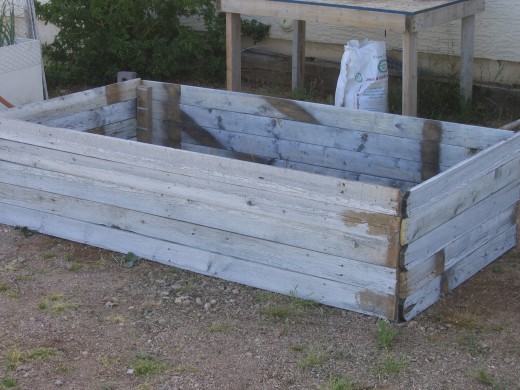
Choose Your Site
You will need to choose a site for your garden. If you have limited space, then the decision is easy: just put the garden where your space allows. If you have a few choices, keep these ideas in mind:
- Keep it close to a water source. I strongly advise that you keep your location close to your water line, so you can hook up a low-drip soaker hose to snake around inside the box. This is the easiest way to ensure your garden gets watered.
- Make sure you will have enough sunlight. In Arizona, or any other hot, arid location, you will want to make the opposite consideration. Usually the rule of thumb is that plants need 6 hours of sunlight a day. Not a problem where I live. We sited our garden on the east side of the house where the plants would get morning sunlight and shade in the afternoon.
- Keep it out of the wind. If you live in an area that has frequent gusts of strong wind, be sure to locate your garden near a barrier that will prevent the plants from drying out. Our location near hour home shields the plants from strong desert winds.
Build a Box
There are lots of way to build garden boxes. We chose the cheapest one for us, which was to reuse some wooden fence posts which had deteriorated in the intense sun. My husband spent about three weekends around our other activities pulling down the fence and unscrewing the fencing screws. He saved the screws, cut the fence slats in half for the ends, and used some of the post wood to hold it all together. They aren't the prettiest things, but they sure do the job!
My friend also has a box garden. She used 2x6's and filled them with dirt, so her boxes aren't very deep. She needed to add less dirt to her garden, and it is producing quite nicely too.
Make sure you let your kids help. My ten-year old daughter put an entire box together on her own with a little supervision from her dad. Her 21-month old brother handed her the screws. He was thrilled to help!
Fill Your Box With Dirt
You don't have to spend a lot of money doing this. Really. If you want, go ahead to the garden center and buy bags of the richer-organic stuff, but in most areas, you don't really need to do this. Borrow a shovel if you don't have one, and dig up some of the soil on your property. If you live near a river or a stream (and it isn't illegal), you could get some dirt from there. Mix up the dirt you buy with the dirt you dig up. Spend a bit of time looking at the worms in the soil.
If you buy anything at all at the garden center, buy a bag of perlite or vermiculite. Both of these materials are highly absorbent and will hold the water in your container so that your plants can get more water with less watering. You can reuse the dirt in your garden if you turn it over and rotate your crops, so this is a worthwhile investment.
Note that we only started with one box and were so successful that we added three more. You can start with one box and plant only 2 or three things, and replant the same things in different areas of your box over the years.
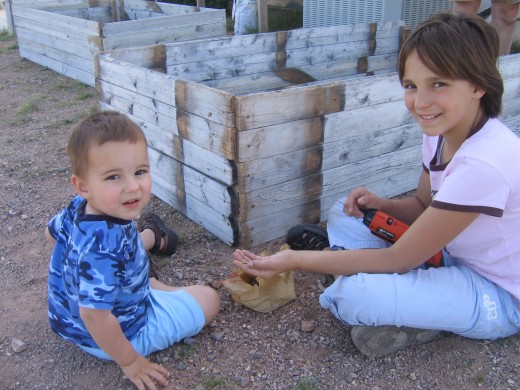
Plant at the Right Time
Most plants are quite resilient and will surprise you, so if you mess up it is not that big of a deal, but it really does help to plant during the recommended planting times. Most seed packets have a small chart on the back of them that will show the planting zones in the U.S. with recommended planting times.
I live in an unusual area. My garden grows best in the winter and early spring, with planting times starting usually in September/October or January/February.
Grow Easy Plants
Some plants have a very short growing season. These are the ones I would recommend you grow with kids, for the immediate results. Gardening success often relies on the weather. Growing short-cycle crops like green onions, carrots, radishes, or spinach before the weather gets too warm will give you nice results without worrying about scorching summer weather that ruins your nice little plantlets mid-season.
The exception to this rule is pumpkins! You will need to dedicate an entire box to growing a few pumpkin plants, but the results are quite amazing. Your kids will love following the progress of these plants.
You might also consider growing herbs in your garden. Rosemary is indestructable and requires very little water. It can get quite big and bushy, and is a perennial plant, but it is fun to grow, smells great, and has pretty blue flowers.
Mint is so easy to grow that in some areas it is even indavisable to grow it. Make sure if you plant mint that you plant it in a container within your box garden or in the ground so that that roots can't spread and take over your garden.
Garlic is also fun and easy to grow. You don't even need to grow it in a box. Plant it in an out-of-the-way corner and watch it bloom. It produces a pretty blue flower before the bulbs mature.
Put the word out and chat with other people who have had success with their garden in your area. Ask for tips and advice about what to grow. These people will be glad to share the secrets of their success, and sometimes will share plant starts with you.
Automate Your Water
If you want to "hook" your children on gardening, one way is to ensure a successful first experience. We are very busy and decided it was worth while to put our garden on an automatic watering system. If you are just growing a box on your front porch or landing, that is really not necessary, but helpful where we are, since it is so dry here.
Make sure to take your children outside regularly to check on the progress of their plants, pull the weeds, water the plants with a watering can, and pull off caterpillars. Gardening with kids is fun!
Keep Out the Critters
The types of critters that get into gardens can vary from place to place. But as a general rule, you WILL have critters. Think squirrels, rabbits, raccoons, ground squirrels, birds, cats, coyotes, javelinas, deer, etc. You may want to put some kind of protective covering around your box to prevent scavengers from invading your garden and eating the sprouts.
Your garden is most vulnerable when it is sprouting.
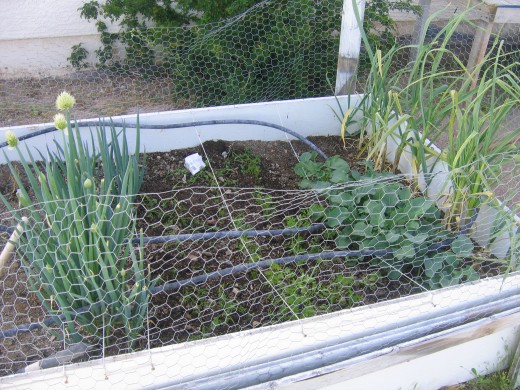
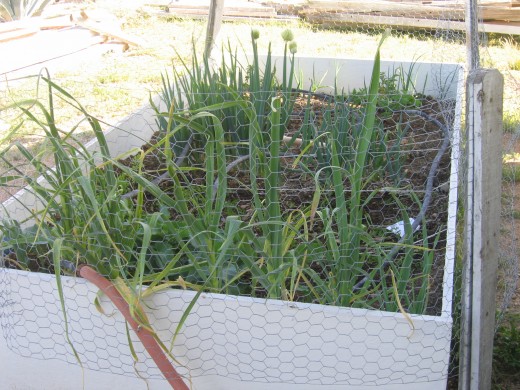
Related Links
- Square Foot Gardening - Growing Your Own Vegetables
We have had a garden every year since we were married. It wasn't until last year though that we had a very productive garden. Last spring we built raised beds and tried our hand at Square Foot Gardening, a... - Fall Vegetable Garden: Organic Produce For Winter
In most areas of the United States it is possible to have a fall garden to extend your growing season. Here is information and a list of plants that grow well in autumnal conditions. - How to Make a Fairy Garden - Fairy Garden Ideas
A fairy garden creates the impression of a tiny world, of the sort and size that fairies might inhabit. Find great fairy garden ideas here! - It's Pumpkin Time by Zoe Hall and Shari Halpern Children's Book Review and Activities
Are you looking for a children's book selection for Halloween that isn't too scary that will be appropriate for preschoolers? It's Pumpkin Time by Zoe Hall and illustrated by Shari Halpern may be just the... - Too Many Pumpkins by Linda White Children's Book Review
Many Pumpkins by Linda White is a delightful children's picture book that deals with realistic themes in a fairy-tale like fashion. Rebecca Estelle doesn't like pumpkins but some are growing in her garden against her will.


